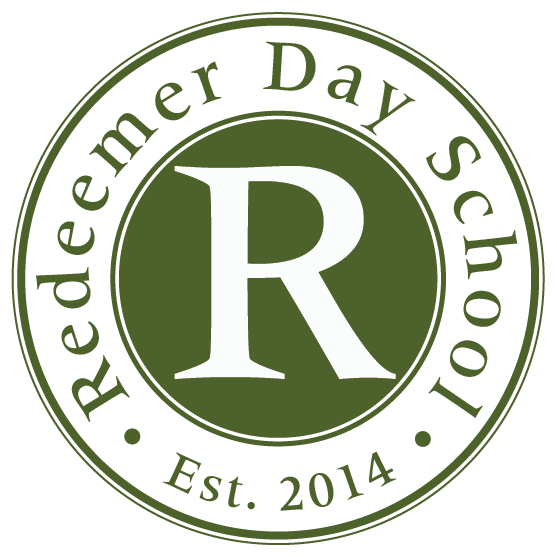Habits of the RDS Classrooms
As I was preparing for our book study last week, an idea came to mind, so I asked our teachers to share with me what ‘habits of the classroom’ they incorporate into their routines, reflecting spiritual formation in their students.
I thought you might like to hear their responses. One of the best school-wide practices for starting the day is the morning assembly. The routine is the same each day: pledge to the American and Christian flags, singing songs of faith declaration, reciting our school verse and prayer. These disciplines are a tangible expression of joining our hearts together as students and teachers pledge, sing and pray. Children learn through repetition. Even our 2’s can say and sing every word by this time in the school year. This daily routine offers the older students leadership opportunities and teaches what RDS values.
One teacher said that her classroom routines and habits were daily Bible reading, prayer, reciting memory verses, and reviewing catechism questions and answers. Matthew 22:37 and 39 says to “love the Lord your God and love your neighbor as yourself.” One example of this is seen during snack time – students show reverence and thankfulness to God through a prayer of thanksgiving. Before eating, everyone is taught to wait until all are ready. This shows deference to others and the ability to wait, which is a difficult skill for littles. The teacher also uses this time to teach appropriate table conversation. She teaches her students to ask questions to engage in conversation with classmates – an opportunity to show interest in one another as a friend. Rather than leaving the table in an abrupt manner, one must ask the teacher for permission to be excused. This reflects doing things decently and in order and shows kindness toward tablemates.
One teacher incorporates Philippians 4:9 by teaching this recitation to her students, “We come to school to learn new things and to practice the things we already know.” Applying the verse in I Corinthians 14:40 which says, “Let us do all things in a proper and orderly manner,” the following list is an example of this spiritual principle: keeping the supply box organized, cleaning up after free play, raising hands, and hanging bookbags and outerwear in the designated location.
Teachers greet each student by name at the door with a pleasant greeting, setting the tone for individuality and love. The student is taught to respond with the proper greeting, eye contact and tone of voice. In turn, this practice allows the teacher to quickly assess each student’s demeanor, signaling anything of concern which might need further watch. Wise teachers know their students! Closing the school day ends in prayer, thanking God for their beautiful time of learning.
One of the most important aspects of integrating biblical principles in the classroom routines is using a child’s wrongdoing to teach reconciliation. Apologies and responses of forgiveness with humble little hearts are opportunities to teach how God forgives and gives fresh starts. To show respect for authority and to exercise patience, one teacher trains her students to wait, not interrupt, and place one’s hand on the teacher’s arm to signal the desire to speak.
I hope this provides you with a peek into our beautiful classrooms where your child’s teacher embraces your child as a precious individual made in the image of God. Each teacher desires to run the classroom in a way that cultivates joy through biblically-based routines and in a manner that enhances learning through a robust curriculum! Much can be learned when orderly routines and structures are in place and each child feels loved!
